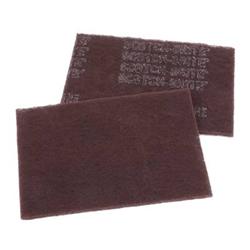I've got Aluminum Oxide Corrosion around my 1mzfe water pump gasket area (on the engine side), and it is leaking coolant. It is the white "powdery" oxidation typical of aluminum.
I just replaced the water pump with an OEM pump/gasket and did not get a good seal. I did not get the surface on the engine side 100% smooth. I think I was not aggressive enough in removing all the oxidation. I just used a scraper and razor, which isn't ideal for oxidation apparently.
Some people use Aluminum Jelly, and others just use a scotchbright pad. Any recommendations? How should I remove the corrosion to get a smooth surface and a good seal?
I just replaced the water pump with an OEM pump/gasket and did not get a good seal. I did not get the surface on the engine side 100% smooth. I think I was not aggressive enough in removing all the oxidation. I just used a scraper and razor, which isn't ideal for oxidation apparently.
Some people use Aluminum Jelly, and others just use a scotchbright pad. Any recommendations? How should I remove the corrosion to get a smooth surface and a good seal?
Last edited:



